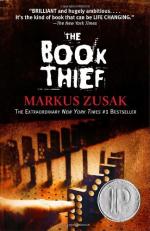|
This section contains 7,530 words (approx. 26 pages at 300 words per page) |

|
SOURCE: "Post-World War II Literature: The Intellectual Climate in Japan, 1945-1985," in Legacies and Ambiguities: Postwar Fiction and Culture in West Germany and Japan, edited by Ernestine Schlant and J. Thomas Rimer, The Woodrow Wilson Center Press, 1991, pp. 99-119.
In the following essay, Hijiya-Kirschnereit considers the intellectual and artistic currents that form the background to Japanese fiction during the forty years since the end of World War II.
A common and not necessarily critical understanding of literature presupposes a relationship to general history as well as to the so-called intellectual climate. According to this view, both are "mirrored" in the literary creations of the time, and on the other hand they are, in some way or another, also influenced by history and virulent ideas. So far, so true—but how to establish these relationships in more concrete terms? This [essay] first sketches aspects of the intellectual climate which...
|
This section contains 7,530 words (approx. 26 pages at 300 words per page) |

|


